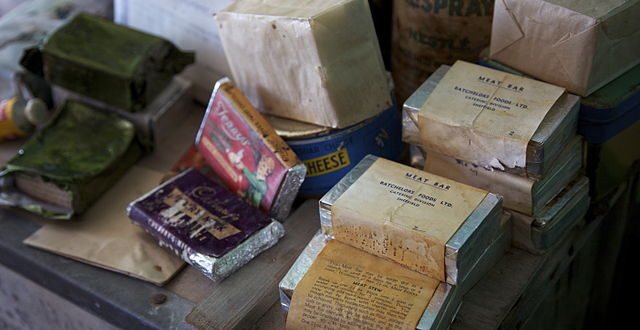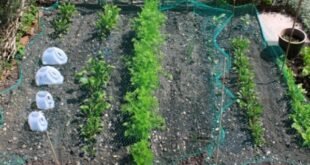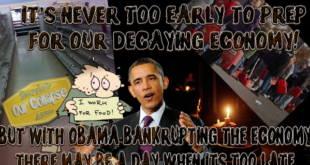When preparing for a disaster, food often takes priority, as evidenced by the frenzied shopping for essentials like bread and milk at the slightest hint of a storm. This instinct prompts individuals to stock up on non-perishable items and essentials to ensure survival during emergencies. Food preparation is critical, but it also reflects a broader necessity—being ready for varying scenarios, whether natural disasters or unexpected events. While food is an obvious first step, those preparing should also consider other vital supplies and strategies to enhance their overall readiness. The process of food preparation can be organized and systematic, focusing on long-term storage options and diverse food choices to sustain individuals and families. In addition, having a plan for cooking and food usage during a crisis is essential. Beyond just stockpiling food, individuals should think about their wider emergency preparedness—this includes medical supplies, water preservation, sanitation tools, and an overall safety plan. By taking a comprehensive approach, individuals can not only ensure they have enough food but are also well-equipped to face various emergencies. Ultimately, a well-rounded emergency preparation strategy encompasses more than food alone, preparing individuals and families for whatever challenges may arise during a crisis.
Read this related Trek here:
Getting started: Food Preparation

 Trek.pub Trekking around the net
Trek.pub Trekking around the net



